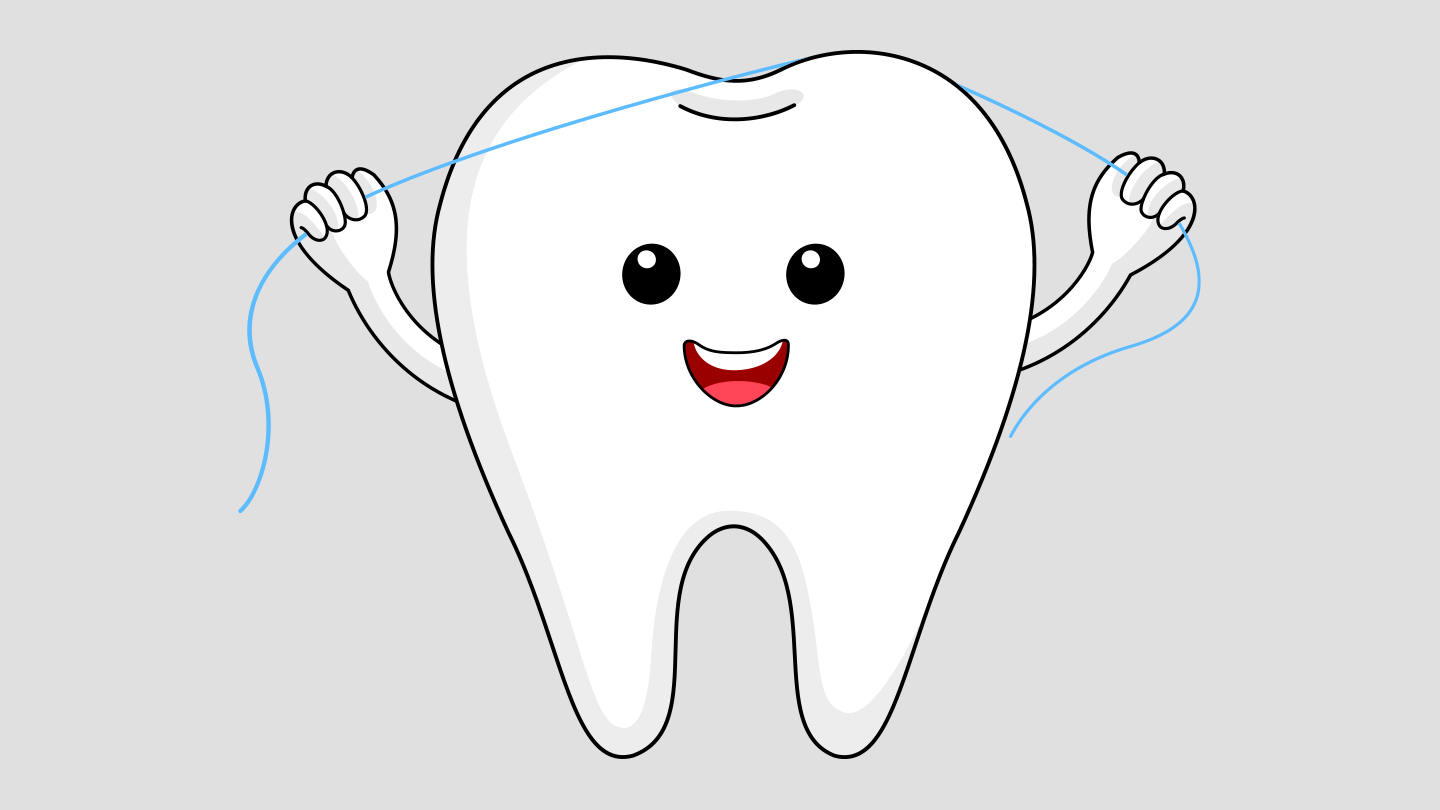What to Expect After a Dental Deep Cleaning

By removing plaque, tartar, and bacteria from above and below the gumline, deep cleaning plays a crucial role in preventing further dental issues and promoting a brighter, healthier smile.
Understanding Deep Cleaning
Deep cleaning, also known as scaling and root planing, is a common dental procedure recommended for patients with gum disease or advanced plaque buildup. Unlike regular dental cleanings, deep cleaning targets the areas beneath the gum line, where harmful bacteria and tartar accumulate, causing gum inflammation and potential tooth loss.
The Process
1. Preparing for the Procedure
Before the deep cleaning commences, your dental professional will conduct a thorough examination of your teeth and gums. X-rays may be taken to assess the extent of plaque and tartar buildup. During this stage, any questions or concerns you have will be addressed to ensure you are fully informed and comfortable with the process.
2. Local Anesthesia
To minimize discomfort, local anesthesia is administered before the procedure begins. This ensures that you experience minimal pain during the deep cleaning process.
3. Scaling
The first step in deep cleaning is scaling, where the dental hygienist uses special tools to remove plaque and tartar from the surfaces of your teeth and below the gumline. This process eliminates the harmful bacteria that contribute to gum disease and tooth decay.
4. Root Planing
Following scaling, root planing takes place, which involves smoothing out the tooth roots to remove any rough surfaces. This step aids in preventing further bacterial growth and promotes gum reattachment to the teeth.
5. Post-Cleaning Examination
Once the deep cleaning is complete, your dental professional will examine your gums and teeth again to ensure that all the necessary areas have been thoroughly cleaned. They may also provide you with post-procedure instructions for optimal healing.
What to Expect After Deep Cleaning
1. Mild Discomfort and Sensitivity
After the deep cleaning procedure, it is common to experience some mild discomfort and sensitivity in your gums. This is a natural response to the extensive cleaning process. However, any discomfort should subside within a few days.
2. Gum Tenderness
Your gums may feel tender and swollen after the deep cleaning. This tenderness is an indication that your gums are healing and beginning to reattach to your teeth properly.
3. Improved Oral Health
The primary objective of deep cleaning is to restore your oral health. As the harmful bacteria are removed, your gums will gradually heal, reducing the risk of gum disease and tooth loss.
4. Fresher Breath
As deep cleaning eliminates the bacteria responsible for bad breath, you can expect fresher breath and an improved overall oral hygiene.
5. Maintenance and Follow-Up
After your deep cleaning, your dentist or dental hygienist will recommend a suitable maintenance plan. Regular check-ups and cleanings will help to sustain the results of the deep cleaning and keep your oral health in top condition.
Conclusion
Dental deep cleaning, also known as scaling and root planing, is a vital dental procedure for individuals with gum disease or extensive plaque and tartar buildup. Throughout this article, we have delved into the process, benefits, and post-procedure expectations of deep cleaning.
If you are considering or scheduled for a deep cleaning, there might be some mild discomfort and gum tenderness that are common during the healing process. The ultimate result of deep cleaning is improved oral health, fresher breath, and a reduced risk of gum disease and tooth loss.



